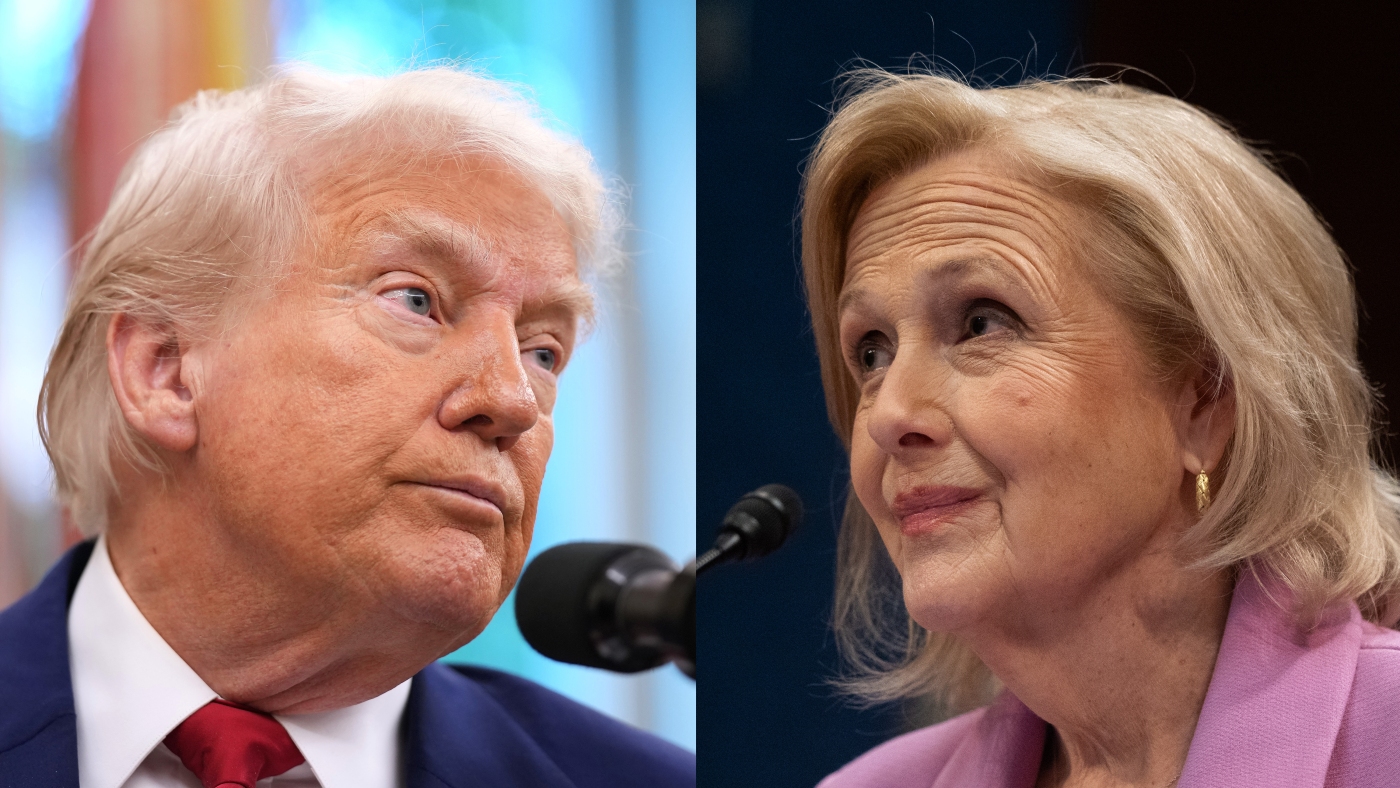Astronomers have long talked about a future where our Milky Way collides with Andromeda, our closest large galaxy. This event, expected in about 5 billion years, has often been presented as a sure thing. But recent research led by Till Sawala from the University of Helsinki suggests that this outcome may not be certain after all.
In a new study published in Nature Astronomy, researchers explored existing measurements more deeply. By factoring in the gravitational effects of nearby galaxies, they concluded that there is only a 50% chance the Milky Way and Andromeda will merge in the next 10 billion years.
For over a century, scientists believed that Andromeda was on a collision course with us. They based this on the galaxy’s motion, observed through a phenomenon called the Doppler shift. However, galaxies also move sideways, a factor that can be hard to measure. Previous studies often underestimated this sideways motion, leading to the belief that a crash was inevitable.
This latest study didn’t introduce new data but reconsidered the old. The team used information from the Hubble Space Telescope and the Gaia mission, looking at uncertainties in earlier measurements. Instead of taking a single value for the galaxies’ speeds and positions, they created thousands of simulations with varied conditions. This approach allowed them to explore a broader range of possible outcomes.
Interestingly, they included two other galaxies: the Large Magellanic Cloud, which is currently approaching the Milky Way, and the Triangulum Galaxy (M33), which orbits around Andromeda. The gravitational pull from these galaxies affects the trajectory of both Andromeda and our Milky Way. While M33 nudges Andromeda slightly toward us, the Large Magellanic Cloud pulls our galaxy away, making a future collision less likely.
Ultimately, in half of their simulations, the Milky Way and Andromeda never merge. This finding reshapes our understanding of what could happen billions of years down the line.
But what if a merger does occur? Even then, it’s unlikely to be catastrophic for our planet. Stars within galaxies are situated far apart, so direct collisions are rare. Over time, the galaxies would gradually blend, likely forming a larger elliptical galaxy instead of the spirals we see today. If they don’t collide, they might enter a slow orbit around each other, remaining close neighbors without merging.
One of the most crucial questions remaining is about Andromeda’s sideways motion. Even slight variations in this motion could change everything about potential outcomes. Future observations will be key to refining our predictions, bringing us closer to understanding our galaxy’s future.
As we explore these possibilities, we remember that the universe still has many secrets to unveil. The ongoing research teaches us how much we still don’t know about our place in the cosmos.
For those who want to dive deeper, check out the study “No certainty of a Milky Way–Andromeda collision” in Nature Astronomy.
Source link
Science, Physics News, Science news, Technology News, Physics, Materials, Nanotech, Technology, Science






















